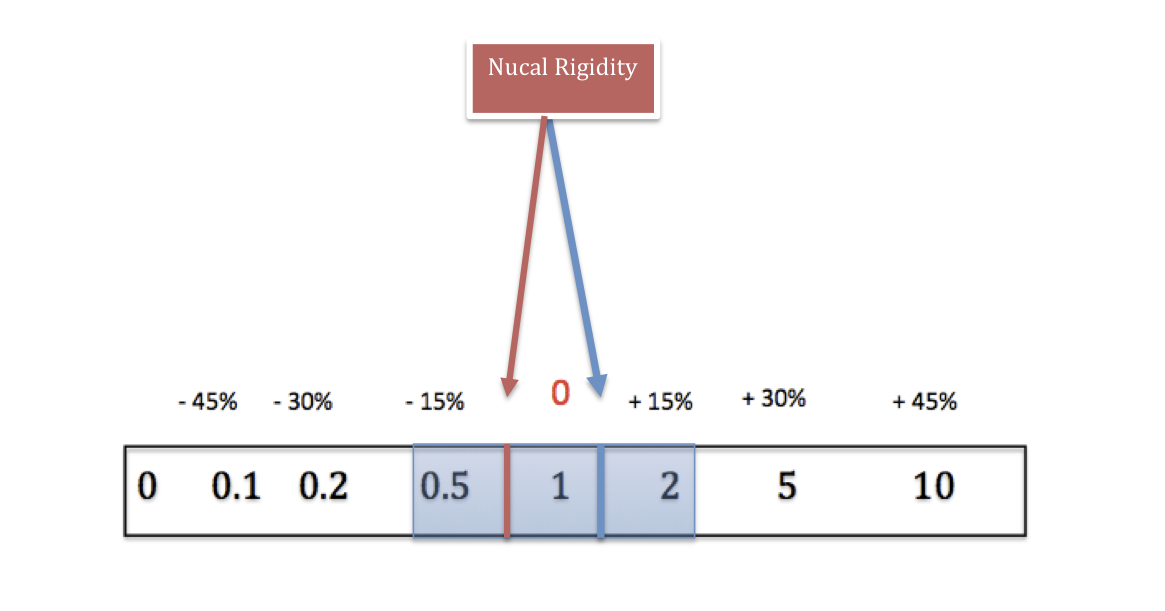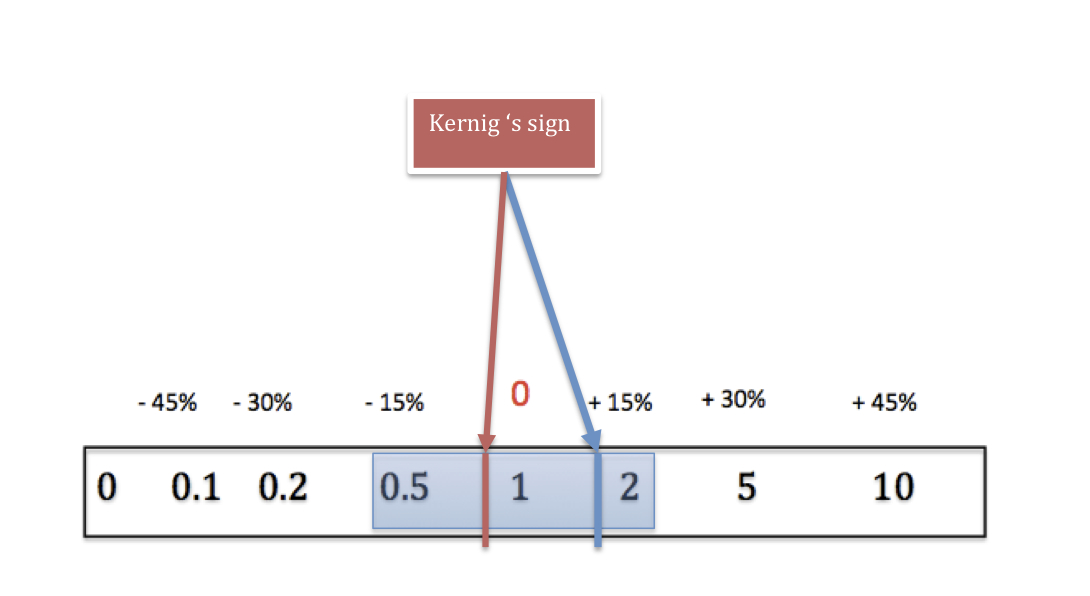It’s 4 in the morning when a 23 y/o female comes to the ED concerning bilteral legs pain and disuria.
She has not clinical history, she has fever, the pain is bilteral and diffused, “the whole leg pains” and she has difficult in urine, you think about a radiculopathy due to possible neuro system infection (fever, bilateral pain and sphyncter disfuntion) physics examination is completely normal.
Kerning and Bruzinsky are negative, and she has not rigor nucalis.
Can you rule out a meningitis?



Conclusion
No physical sign of meningeal irritation could accurately distinguish those with and without meningitis: nuchal rigidity (LR+ 1.33 (0.89, 1.98) and LR- 0.86 (0.70, 1.06)), Kernig’s sign (LR+ 1.84 (0.77, 4.35) and LR- 0.93(0.84, 1.03)) and Brudzinski’s sign (LR+ 1.69 (0.65, 4.37) and LR- 0.95 (0.87, 1.04))
The sensitivity of Kernig’s and Brudzinski’s signs was first established nearly 100 years ago for patients with severe bacterial or tuberculous meningitis. Althought Brudzinski’s signs can identify patients with severe meningeal inflammation, these diagnostic tools are too insensitive to identify the majority of patients with meningitis in con- temporary practice (including patients with microbiologically treatable disease). Clinical decisions regarding further diag- nostic testing and the need for a lumbar puncture should not rely solely on the presence or absence of these meningeal signs. Better bedside diagnostic tests are needed
Bibliography
Accuracy of physical signs for detecting meningitis: a hospital-based diagnostic accuracy study.
Clin Neurol Neurosurg. 2010 Nov;112(9):752-7. Epub 2010 Jul. Waghdhare S, Kalantri A, Joshi R, Kalantri S.
The Diagnostic Accuracy of Kernig’s Sign, Brudzinski’s Sign, and Nuchal Rigidity in Adults with Suspected Meningitis
Med Mal Infect. 2009 Jul-Aug;39(7-8):445-51.
Sensitivity and specificity of clinical signs in adults.
Karen E. Thomas,1 Rodrigo Hasbun,1 James Jekel,2 and Vincent J. Quagliarello1


